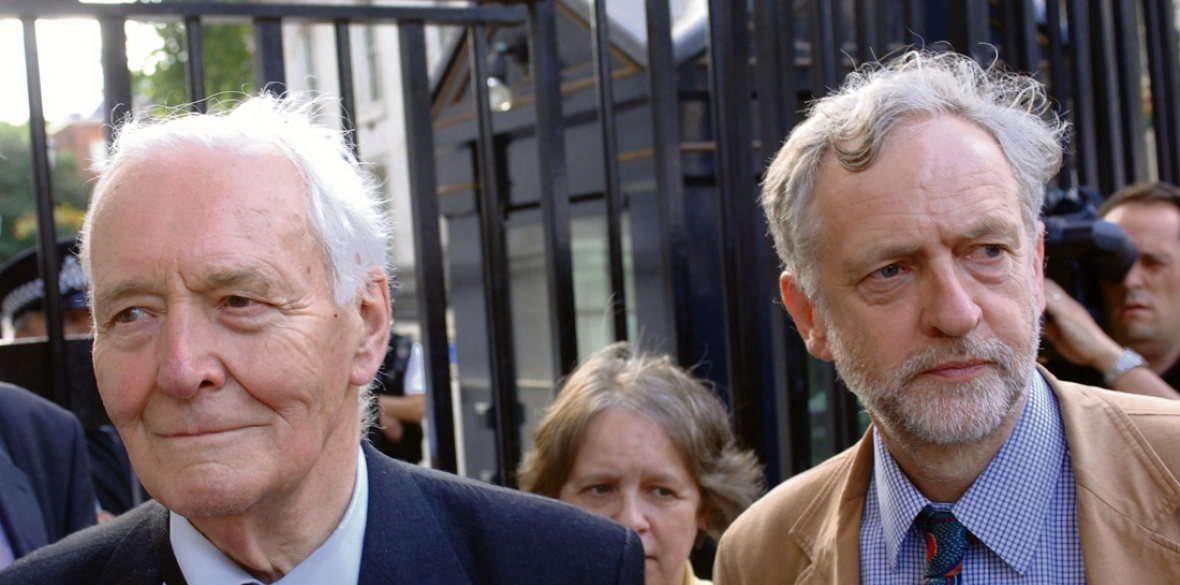Dan Pearce has done editorial work for many magazines and newspapers including New Society, Honey, 19, Oz, The Observer, The Times and Sunday Times, Mayfair and Penthouse. Dan has created book and record covers, political cartoons, comic strips and caricatures and he has written two graphic novels: ‘Critical Mess’ (against the nuclear industry) and ‘Oscar: The Second Coming’. His labour of love is the graphic novel, ‘Depression’ which is unfinished.
Month: April 2021

The Striking Colours of Indonesian Markets
My father was excited by the possibility of going to Indonesia, but to his chagrin, his battalion was the one kept behind in the Netherlands. He tried to join the troops who were sailing off to ‘Nederlands Indie” as it was called, but needed the approval of his father. He wasn’t 21. His father, my grandfather wouldn’t give in. I am very grateful that he wasn’t allowed to fight for Dutch colonialism.

The Gathering Storm
Telling stories about Extinction By Gordon Liddle What influences an artist? Why does one artist paint in a manner recognisable to that artist alone and above all why does the artist pick that subject matter in the first place? What is art? For most of my life I have…

Nature in Black and White
Leon Kreel has exhibited in salons around the world. He is an Associate of the Royal Photographic Society. His photographic trips have taken him to Yellowstone national park, Iceland, Namibia and India. Leon uses photography to immerse himself in new and old environments and to capture the wonders that he discovers – and continues to discover.

Stroudwater Magic
Everyday natural wonders. By Paul Halas ON THE TOWPATH of the Stroudwater Canal a curious woman stopped and asked what I was staring at so intently. Across the water from us, perched on a twig, scanning the shallow water margin for tiddlers and tadpoles, was a kingfisher. Suddenly aware of…

Berkeleianism versus Buckleianism
By Peter Cowlam ‘I owe the discovery of Uqbar to the conjunction of a mirror and an encyclopaedia…’ —J. L. Borges, ‘Tlön, Uqbar, Orbis Tertius’ No matter, God will sustain Berkeley, who was Bishop of Cloyne in 1734, denied the existence of matter in a reply to Locke (1632–1704), whose…

Whose English is it, anyway?
Global English is the New Standard English By Farhad Desai In Toronto. My students came from all over the world, but in 1995 the world was quite different. South Korea was a rising industrial nation, Japan was about to peak. Hong Kong would not belong to China for another two…

So, is London finished as a leading financial hub?
Not so fast! By Thomas Levene The City of London is the goose that laid the golden egg. Not even the left in the UK want to kill it. Ken Livingstone, a great hero of the left and the former leader of the GLC, advocated for The Square Mile because…

Towards a New British Liberation Theology
We want a church that’s on the side of the poor and the persecuted. By Matthew Taylor Excitingly, Matthew Taylor proposes a new British Liberation theology as a way forward for the church to get back to where it belongs; in the community. There are precedents for a British Liberation…

Finding Equanimity 2: Learning Karate in Okinawa
The Cadences of Grand Master Nakazato By Dave Blazer After three and a half years of preparation for our first dan black belt tests, we departed for Okinawa from San Francisco International Airport. After a long flight to Tokyo for a change of planes and then a flight to Naha,…

Wellington’s Clubland
Soft words over cigars and port By Stephen Hoare Field Marshal Arthur Wellesley, 1st Duke of Wellington, KG, GCB, GCH, PC, FRS, ‘the Iron Duke’, is well known as the military man who defeated Napoleon at the battle of Waterloo in 1815 and as the man who ended the Napoleonic Wars – with a little Prussian…

The time has come to reignite the liberal flame
In defence of liberalism By Frank Hardee If you think about it, socialism relies heavily on defeasability. In other words, people point to living examples of socialism and the response of most socialists is to say: ‘But that is not ‘real’ socialism’. Proponents of the free market do the same….

Should Britain’s asylum seeker policy reflect its foreign policy aims?
Let the right ones in! By Phil Hall How many Palestinians have been given asylum in the UK? Clearly, Britain’s asylum policy reflects its foreign policy aims and many of us have vociferously opposed some of those foreign policy aims, especially when it comes to Iraq and Syria. Britain is…

Cooking for the Invisible College of Eaters
TV producers invite us all to dream about cooking for the upper class. By Phil Hall How many top restaurants have I been to in London? None at all. Although it fascinates us, there is something disempowering and classist about programmes like MasterChef. How many of us go to expensive…

Poet of Honour: Martina Evans
Shortlisted for the 2019 Irish Times Poetry Now Award, the Pigott Poetry Prize and the Roehampton Poetry Prize, Now We Can Talk Openly About Men is Martina Evan’s latest collection of poems. Almost a hundred years later, in an exceptional flip side of the fight recounted, the poet makes us relive the period of the men stifled by the Irish Conflict around 1919. I am thrilled that through her other poems selected here we can celebrate Martina Evans as our Poet of Honour. -Yogesh Patel


You must be logged in to post a comment.